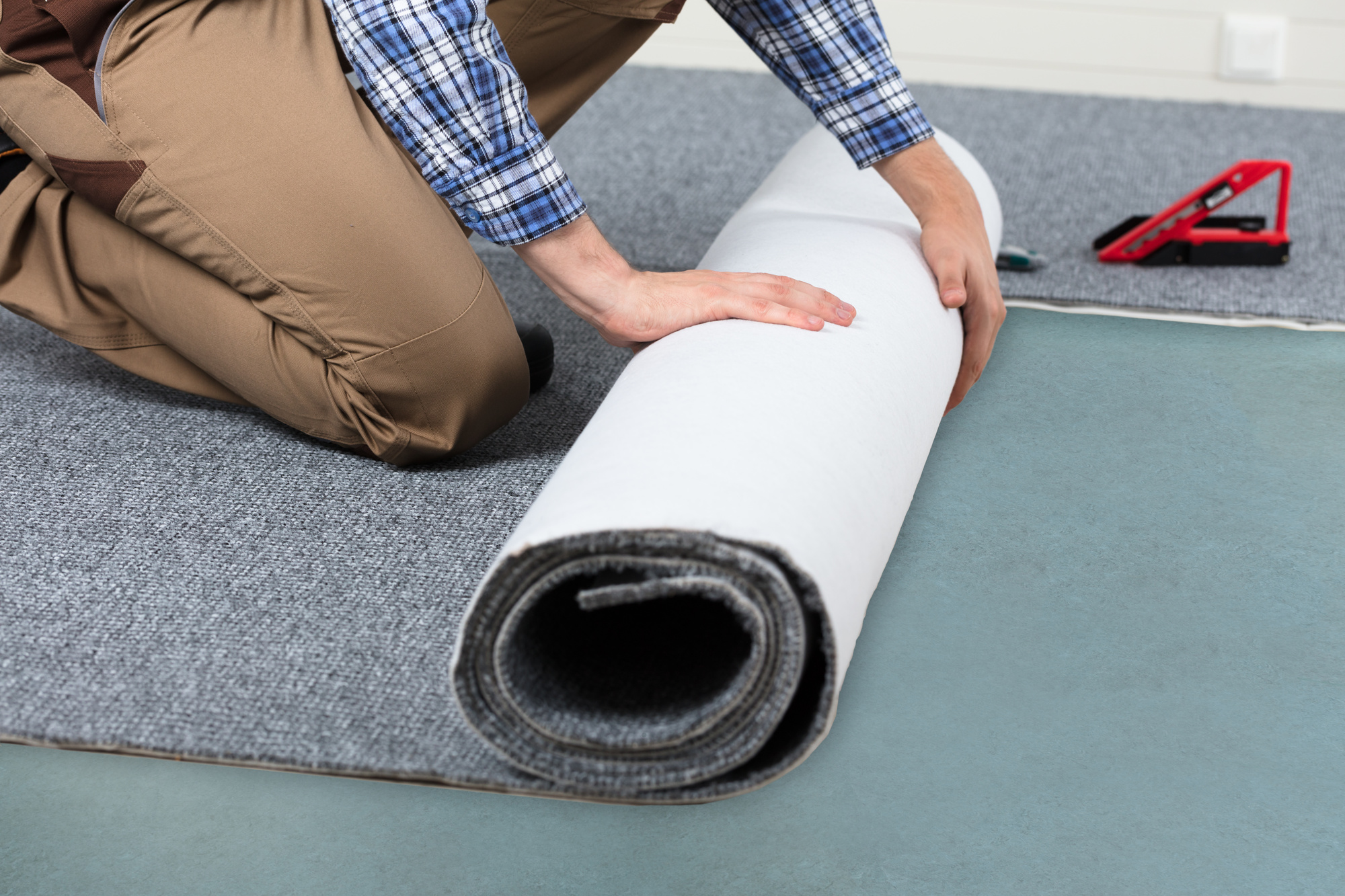Whether your home is a haven of hardwood floors or you’re committed to carpet, no flooring lasts forever. Even hard-wearing flooring options like concrete and tiles can crack or chip, while water damage is always bad news regardless of what flooring you have.
But how do you know when it’s time to get new flooring? Rearranging furniture, deep-cleaning carpets, and refinishing hardwood flooring can help postpone the inevitable, but there are some signs to replace flooring that you can never ignore.
Keep reading to learn the sure signs that you need new flooring and how to spot them.
1. Water Damage
While kitchen and bathroom flooring is more susceptible to water damage, spills, leaks, and damp can ruin all kinds of flooring, from hardwood to carpet to vinyl. And, if you don’t clean up the water damage fast enough, it can also seep into the subflooring and destroy that too.
Once that happens, there’s a high chance of mold, rotting, and other major issues that can take even more time and money to put right. If your flooring has water stains, is soft, or shows signs of rotting, it’s time to consider installing new flooring, as well as new underlay from buy-flooring-online.co.uk.
2. Stubborn Stains
Have you noticed stubborn stains on your flooring that won’t come out, no matter how hard you scrub away at them?
The bad news is, the longer a stain lingers after you dropped that plate of spaghetti or spilled that glass of red wine, the less likely it is to go away. Switching your decor around might help cover some stains but if it’s in an awkward place on your floor, it could be time to stop scrubbing and start shopping for some new flooring.
3. Discoloration
Discoloration, especially with hardwood floors, is an early indicator of water damage. The wood often takes on a gray tinge as the wood and water begin to oxidize, and will eventually turn black and start rotting if left untreated. Rather than waiting for these signs to replace your flooring, you should have your wooden floors refinished.
Vinyl, carpets, and concrete flooring can also become discolored due to water damage. Although, stains, frequent footfall, and sunlight can also take their toll on some kinds of flooring, leaving discolored patches. Depending on the source of the discoloration, you might prefer to hide it with a rug or by moving furniture. But, if water damage, mold, or other more serious issues are the cause, replacing your flooring is the only way to avoid the discoloration getting worse.
4. Outdated Style
While your flooring is one of the most functional parts of your home, form comes into the equation too. With this in mind, your desire to install new flooring could be more aesthetical than structural.
Don’t feel you need to wait for cracks in your vintage tiles or stains on your outdated carpet to change things up. Wanting to try out a new, more modern style is more than enough to warrant investing in a new floor. While you’re at it, you might want to take advantage of modern options such as underfloor heating or stain-resistant carpets.
Whether you’re updating all your flooring or only a room or two, new flooring can breathe new life into your home and make it even more comfortable at the same time!
5. Sagging and Buckling
Sagging and buckling can affect carpeted, hardwood, and vinyl flooring. But these imperfections aren’t just surface issues and aesthetic concerns. Instead, they’re all signs that your flooring needs replacing.
Sagging can show weak spots in the flooring which only worsen over time. Buckling between hardwood planks, tiles, or sections of carpet can all be signs that your flooring has been compromised by excessive foot traffic. Replacing your flooring fast will help maintain structural integrity.
6. Uneven Flooring
The ground beneath us moves a lot more than we think. But a well-installed floor is meant to counteract nature’s imperfections, providing us with a flat, even surface to work with when deciding on the right flooring options for our home.
While buckling, sagging, and other flooring issues can make the flooring feel uneven, structural issues beneath the surface could also be to blame. Dips and inclines as you walk might mean that you need to install new flooring or get your floor surfaces refinished. Or, it might mean that your home has serious foundational issues. Either way, uneven floors are a serious hazard for your household and your home so be sure to call a contractor in to assess the issue right away.
7. Lifestyle Changes
An increase in footfall can have a rapid negative effect on your floors. As such, it’s wise to consider installing new flooring when lifestyle changes increase the amount of wear and tear on your floors.
For example, hardwood floors might have been fine when your home was only for you and your partner. But add pets, guests, children, and other relatives into the equation and you might want something tougher like tiles or more shock-absorbent like carpeting.
Don’t wait for lifestyle changes like these to compromise the structural integrity of your flooring, Instead, act first and make sure that your floors are up to the challenge before the damage is done.
Sure Signs You Need New Flooring
All too often, flooring is an afterthought when redecorating or renovating your home. But, as this list shows, there are many telltale signs to indicate that replacing your flooring should be a priority.
Whether your reasons are preventative, aesthetic, or otherwise, investing in new flooring is always a wise move.
Want more of the best advice? If so, you’re in the right place! Check out our other blog posts for more great tips on everything from personal care to pets!











